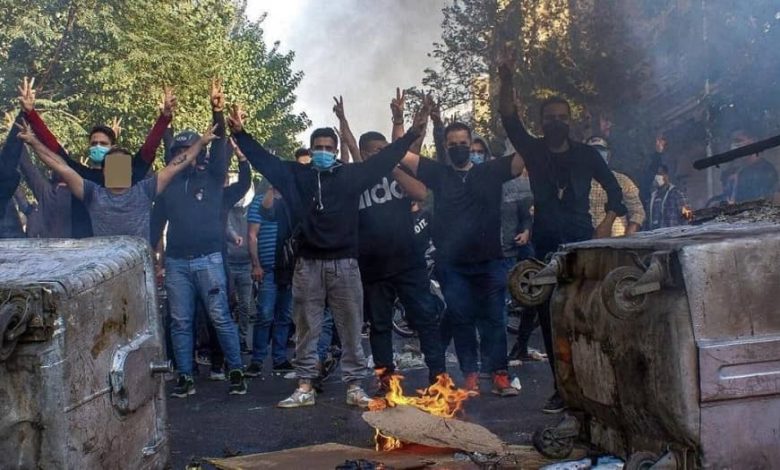The Power of Iran’s Dynamic Society: A Threat to the Ruling Theocracy

iran uprising youth streets 1
Written by
Farid Mahoutchi
As Iran’s ruling theocracy intensifies its oppressive measures, state-run media and officials warn about people’s reactions and how the regime’s “plans” could backfire and burn the entire establishment.
In an April 11 article titled, “The Dynamic Nature of Iran’s Society,” the state-run Sharq newspaper wrote: “The Iranian society is one the non-European communities with a rich history of social movements. It entered this phase earlier than other societies. This movement was formed in the second half of the 19th century, centering on fighting foreign influence and domestic tyranny.”
“This dynamic nature in the last 150 years has caused power to transition at least five times,” the article writes, referring to Iran’s Constitutional Revolution, Reza Khan’s coup and the establishment of another tyranny, the rise and fall of Dr. Mohammad Mosaddeq’s national government, and anti-monarchic revolution hijacked by the ruling theocracy.
Of course, Sharq refrains from referring to the Iranian people’s struggle for freedom and the leading role of the country’s organized Resistance movement, the People’s Mojahedin Organization of Iran (PMOI/MEK), which creates and maintains this dynamism.
However, the article warns the regime’s supreme leader, Ali Khamenei, that the society “maintains its dynamism, and it has intensified in recent years due to major social movements. Authorities should pay attention to the society’s demands and its power. Otherwise, they will have the same fate as previous fallen systems.”
By pointing to the major uprisings in Iran in the last few years, Sharq writes: “Suppose the process of managing an individual or social crisis is ignored. In that case, three consequences can be imagined for the individual or society: suffering and confusion, frustration and anger, and rebellion. So, authorities should pay attention to the dimensions and consequences of this [social] crisis.”
Why is Khamenei reinforcing his misogynic orders against women?
On April 8, the state-run Setar-e Sobh daily also joined numerous other outlets, warning officials about increasing oppression. “Did all the crackdown and strictness at the beginning of the revolution work out well? So why do officials want to increase them to control the society?” the paper writes.
“The society will not return to the state it was six months ago,” Setar-e Sobh writes. This is indeed an inviolable principle, but what happens if the ruling system rejects any reform to adapt itself to the new situation?
This is the current reality of Iran, which the regime’s affiliated analysts and state media cannot express. Unlike its rhetoric and bogus claims, the self-proclaimed “regional power” is more fragile than it admits, and the regime doesn’t have the capacity for the slightest reform.
The major uprising in Iran has laid bare the regime’s weakness and the people’s determination to achieve freedom at all costs. The world knows that the situation in Iran will not be the same.
The ruling clerics have no solution but increasing oppression, and they know that the people will opt for a mile once given an inch of freedom. On the other hand, regime-imposed pressure adds to the society’s restiveness and people’s hatred toward a system that uses violence to suppress their righteous demands.
But Iran’s “dynamic society” yearns for freedom and democracy while rejecting any form of dictatorship. And it is willing to pay the highest price for it. The world community should embrace the Iranian people’s call for freedom and democracy. The international community should go beyond vocal support or condemnations and recognize Iranians’ right to self-determination and self-defense.

